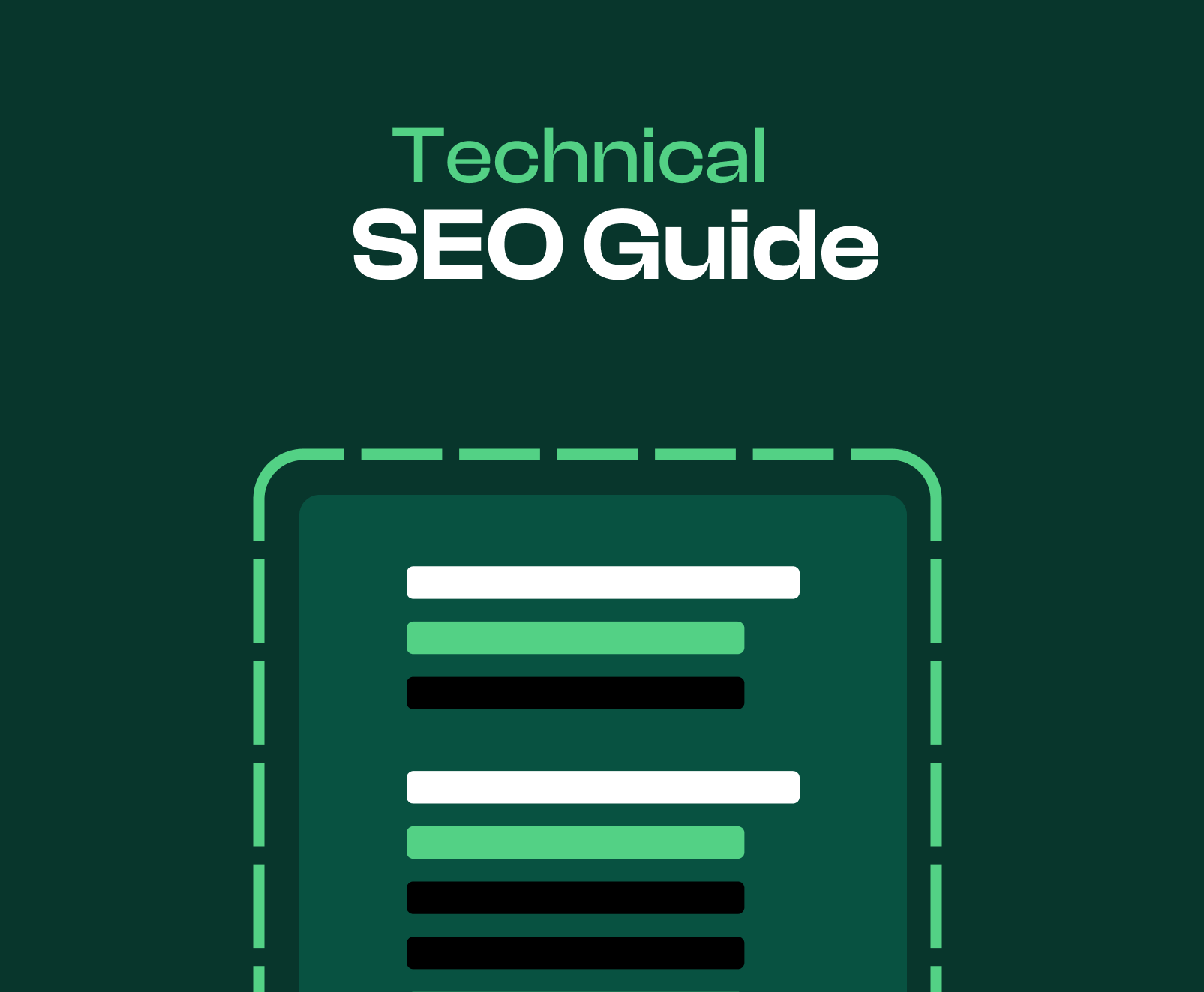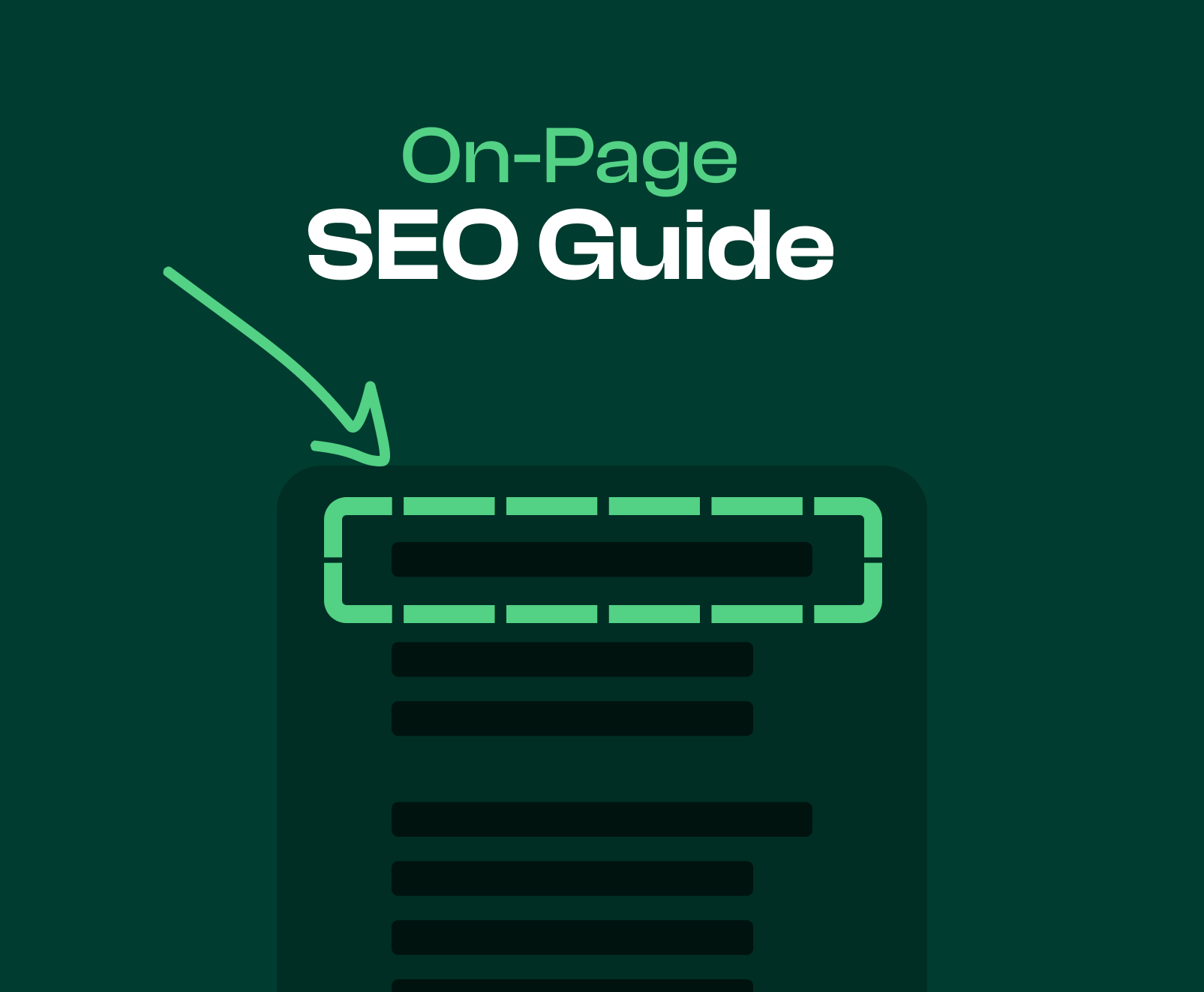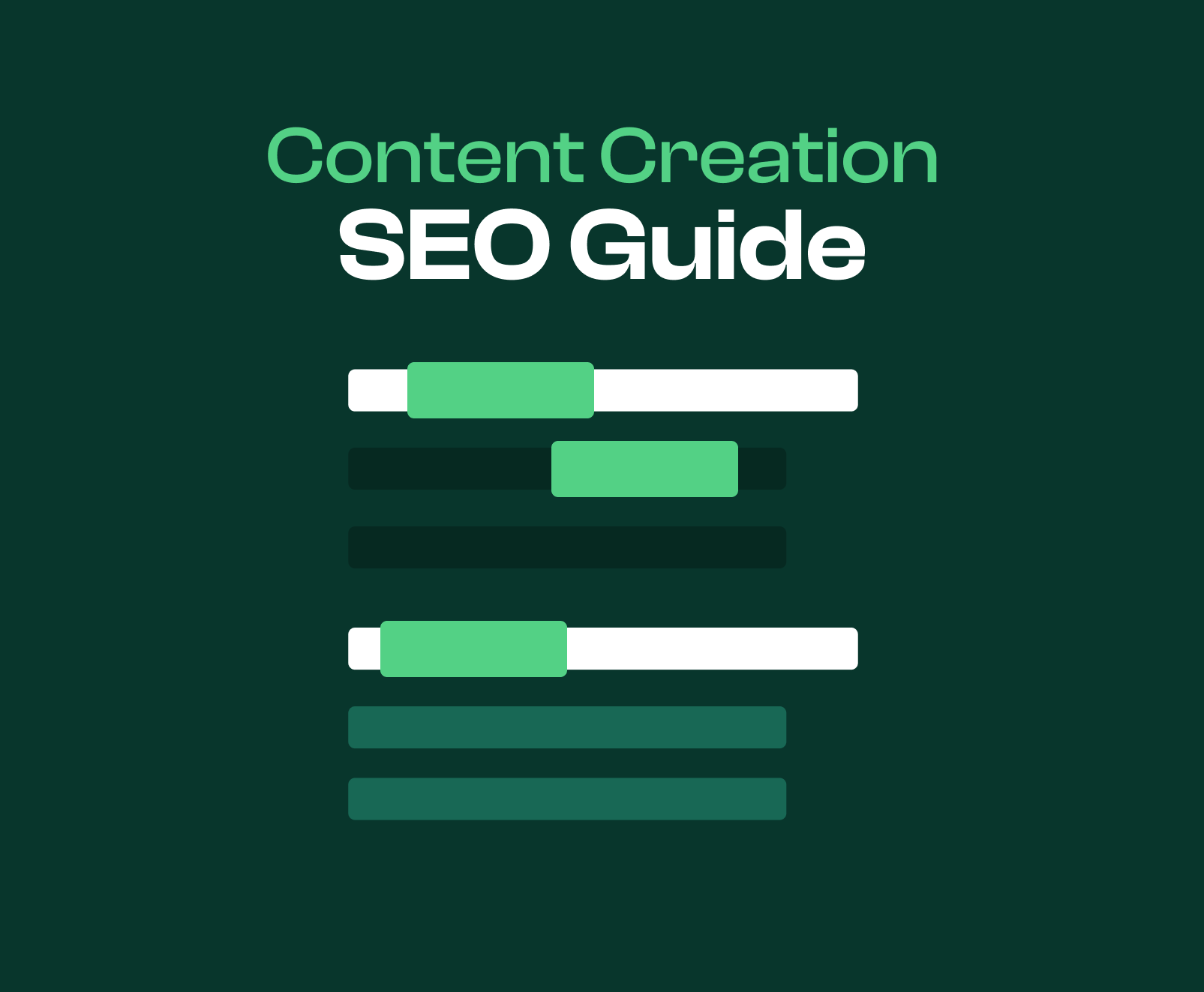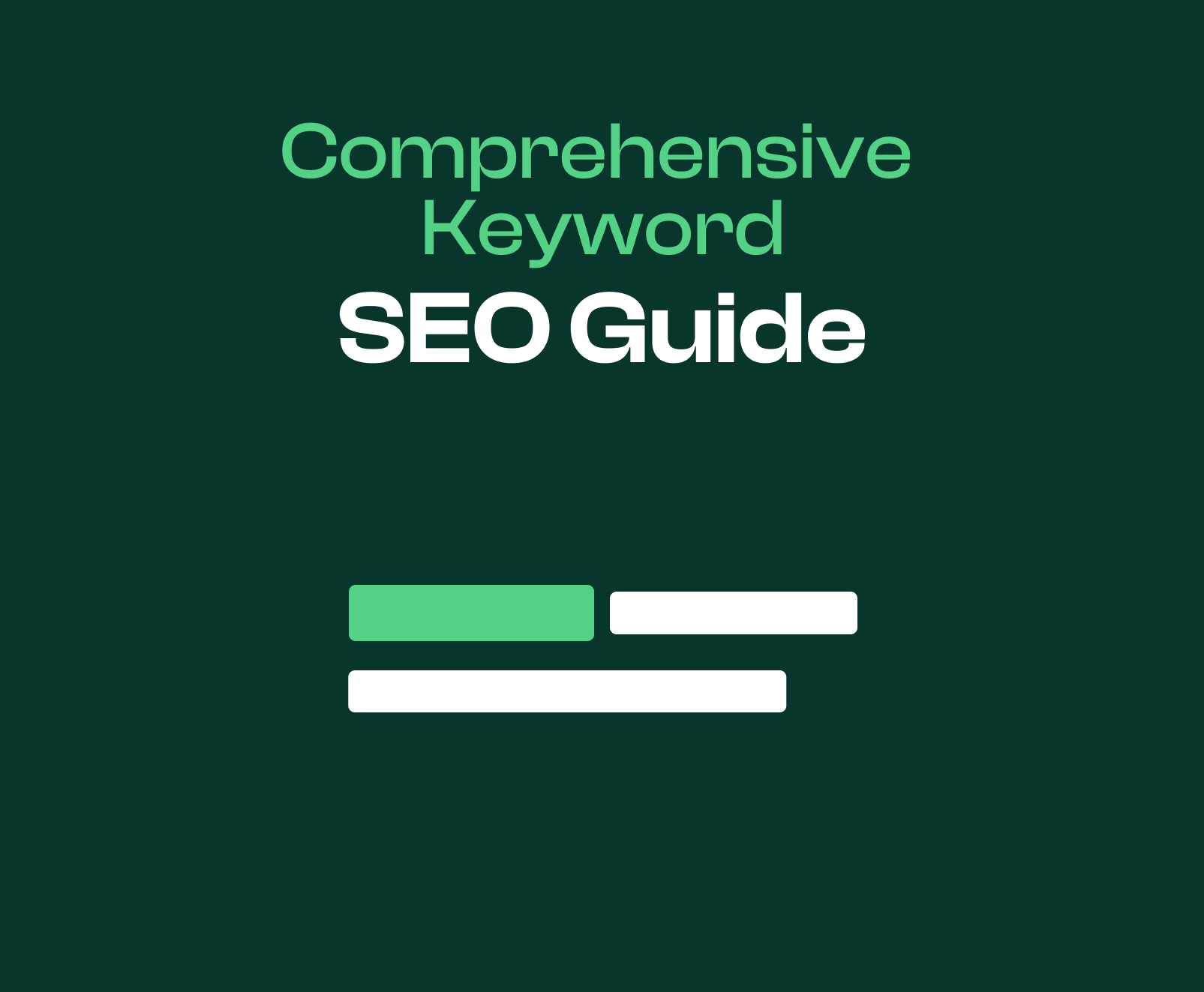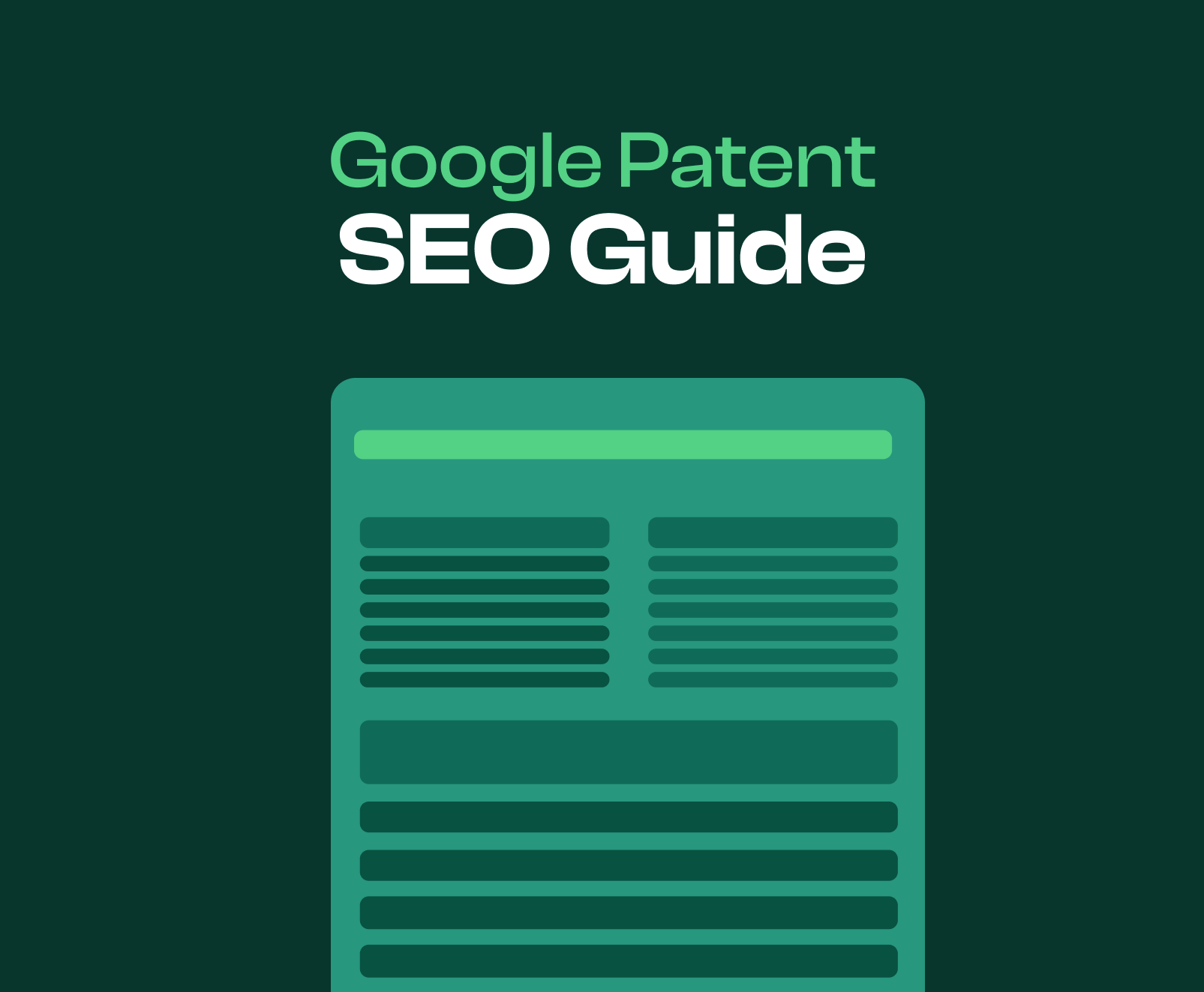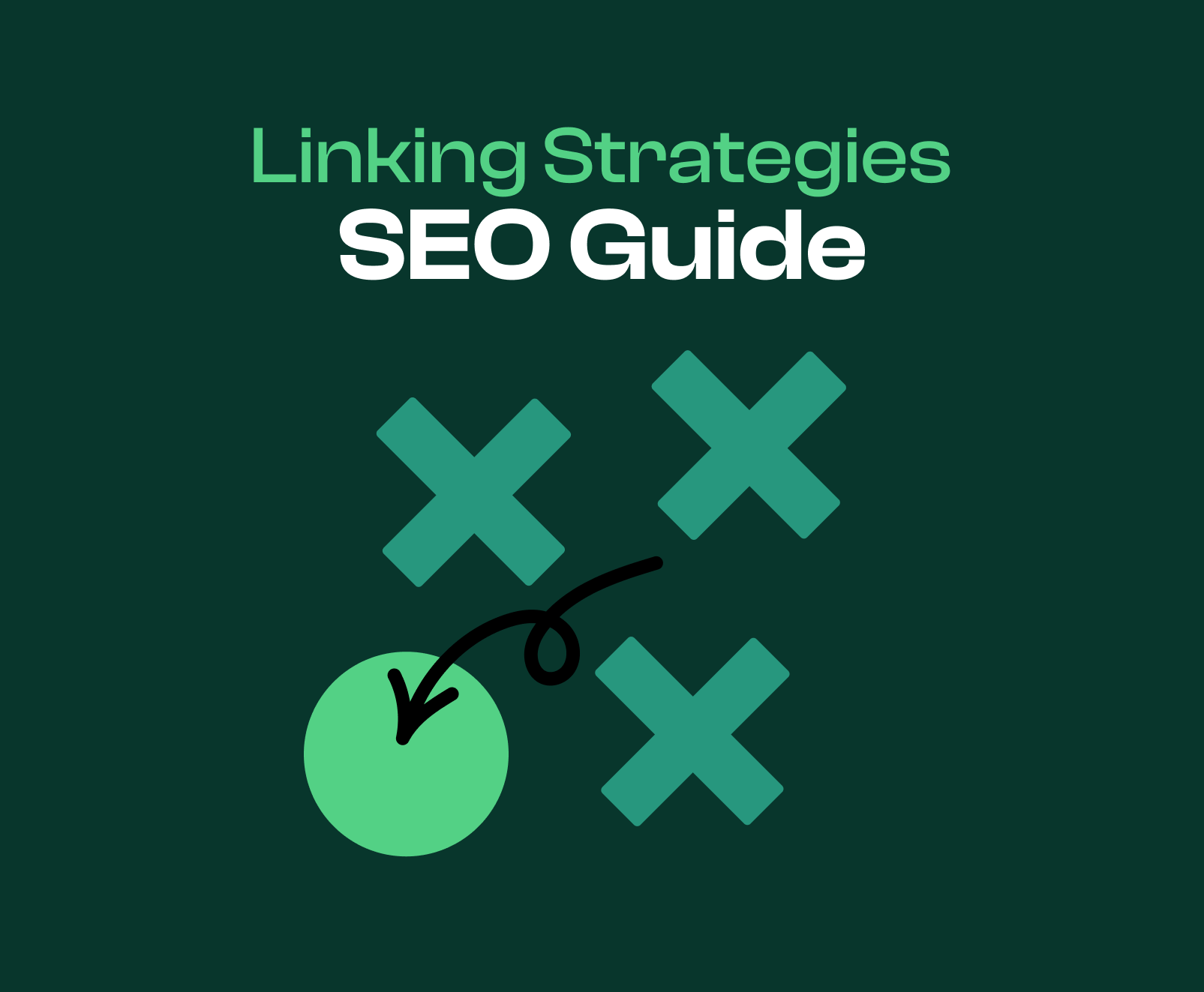

Today, you'll learn one of the most important aspects of SEO - pillar pages! Not only will you learn what these types of pages are and why they are so important, but also how you can leverage them to drive your content to the top of the SERPs!
What is a Pillar Page

A pillar page or pillar post is a comprehensive page that covers a broad topic in great detail. Pillar posts will be a comprehensive resource for those who want to learn more about the basics of a topic.
Pillar pages will also link to one or more topic clusters and other pillar pages. Topic clusters are clusters of pages that break down and cover the specifics of a more general topic.
For example, if you had a website about pets, you could have a pillar page about "reptiles" that would link to several other pillar posts about each type of reptile.
So, let's say you have "Snakes" as a pillar page. You could then link out to another pillar page about "Pythons." Then, that "Pythons" pillar post could link to a pillar about "Ball Pythons." That "Ball Python" pillar page could have topic clusters with pages detailing everything one might want/need to know about ball pythons.
How Do Pillar Pages Help Your SEO?

When pillar pages are used in conjunction with topic clusters, you increase the perceived relevancy and authority your website has for a specific topic. Using pillar posts and pages clustered around a relevant topic can provide quality, relevant, and helpful content for users and search engines.
Using pillar pages and topic clusters in this way has been a strategy that has been proven to work for decades. The main reason this works to help your SEO is because it not only structures your content in a relevant, logical way, but it also provides relevant and logical information to your users in an intuitive way as well.
What Are Topic Clusters
Topic clusters are pages that help further expand upon a concept introduced in the parent pillar page. Topic clusters comprise single pages and pillar pages. If a topic cluster contains a pillar page, that pillar will have many children pages that help to expand that aspect of the topic cluster further.
By creating as many quality, in-depth pages as possible to further expand upon the parent-pillar page, you improve your website's coverage of the topic in general. By improving your website's coverage, you will significantly enhance your website's authority in your niche.
How Do Pillar Pages Help Topic Clusters?

Pillar pages help topic clusters in various ways, such as improving their internal linking, relevance, and even the navigational experience for users and search engines alike. There are more ways that pillar pages can help topic clusters, but these are just a few. Now, let's get into how you create your own pillar pages.
How Do You Create A Pillar Page?

Creating a pillar page is very easy. Time-consuming but easy. Let's dive into everything you need to know to get your pillar pages up and running!
1. Determine The Topic of Your Pillar Page
Writing quality content that is optimized for search engines, and that is designed to capture the attention of an audience isn't an accident. It takes a serious strategy that is broken down into various steps.
The first step when creating a pillar page is determining which broad industry-related topic you want to cover. Your topic must be 100% related to the main topic of your website.
For example, if you have a pet website, making a pillar page about cars would be a bad decision, as it has nothing to do with pets.
In addition to being relevant, you ideally want to make your pillar page on something you can easily expand upon multiple times. Ideally, your pillar page can be further broken down into 2-5+ topic clusters. So, when creating pillar pages, it is also important to consider what topic clusters your idea can lead to.
Let's get into the next step of creating your pillar posts: keyword research!
2. Keyword Research
Keyword research is incredibly important for the success of both your pillar pages and topic clusters, as without thorough data-driven analysis, you're just taking a shot in the dark.
Keyword research allows you to ensure you are targeting keywords that not only align with your content but also help you to be as profitable as possible. No keyword research would be complete, however, without quality competitive research.
3. Competitive Research
Competitive research tells you so much about what your content should have. Looking at the competition will show you which keywords are worth targeting and which pages you will need to create, and it can even show you content gaps competitors have that will help you further improve your coverage even over that of your competition.
4. Determine The URLs You Need To Make
Once you determine the pillar pages and the general idea of what your topic clusters will cover, and you've done thorough keyword and competitive analysis, you need to determine a comprehensive list of URLs that need to be made. Once you get an idea of the pages/URLs you'll make, you need to determine the proper structure you'll use.
5. Structure Your URLs
The structure of your URLs is important because this will be the first thing search engines see when crawling your pages. Ideally, you'll have an organized and easily understandable structure that avoids repeating keywords.
For example, if you had a website on pet food, you could use a URL structure like "furrysurplus.com/pet/food/dog." this would be a good way to convey the topic of each subdirectory while avoiding spam. Your goal should be to keep your subdirectories as optimized, short, and relevant as possible.
6. Create Your Pillar Page With Your Topic Cluster In Mind
When creating your pillar page, it is important to keep each topic cluster you plan to create in mind so you can incorporate it organically into the page. Doing so organically will also make it very easy to naturally build internal links that help to bolster the relevance and quality of both pages (the pillar page and the cluster page being linked to). Building out your pillar pages in this way will also help you to create more robust, full, quality, helpful, and relevant pages.
7. Optimize Your On-Page SEO
When creating your pillar pages, it is vital to ensure that each page is optimized while you are creating it. You want to ensure you're using best practices to create the most high-quality, helpful resources possible.
8. Optimize Your Contextual Flow
When creating pillar pages, you want to optimize the flow of the article as much as possible. Your goal should be to think about the article you are writing and the various headings and topics that you need to include. Then, when you know what you need to include in the article, order your topics in a way that improves the usability, helpfulness, and relevance to the main focus of your post.
9. Add Internal Links To Relevant Pages
Add links on your pillar page to other relevant pages on the website. Ideally, you'll have a link pointing back toward the parent of your pillar page and several links pointing toward the direct descendants of your pillar page.
In addition to these types of internal links, if there are any other relevant pages you can build internal links to, you should do that as well.
10. Make Your Page More Comprehensive
Using the nine tips above, you can aim to make a more comprehensive pillar page than any competitors online. Your goal is to include things no other competitor has on their content. In addition, you should strive to flesh out your topical clusters so that your overall coverage of this niche is more thorough, complete, and robust than any other website online.
Your goal with your pillar page isn't just to make a quality page but to leverage that page into a quality website as a whole.
What Types of Pillar Pages Are There?

There are a few types of pillar pages you'll want to learn about before venturing out on your own content creation journey. Below, we've included the three main types of pillar pages.
1. A "What Is" Pillar Page
When breaking down a vast or complicated topic, using a "What Is" pillar page is a great way to help slowly educate users as they read the page. Using this style of page, you can arm your users with the information you need to deepen their understanding of the topic.
Typically, this style of pillar page will break down the topic into smaller parts and sections. In each of these distinct parts and sections, you can provide additional value to your users by building relevant internal links to child pages.
2. A "How To" Pillar Page
"How To" pillar pages are a great way to break down the steps required for how to do something important in your niche/industry. In addition to showing users how they can do something, you also have the opportunity to link out to any relevant additional information required to help arm them with the tools, tips, and knowledge required to achieve their end goals.
3. A "Guide" Pillar Page
A "guide" pillar page is a great way to guide beginners and novices in their journey. Your goal with these pages is to provide as much valuable knowledge as possible. In addition to providing knowledge, you are tasked with creating content that will help them learn where they should be looking next in order to go further down this subject.

